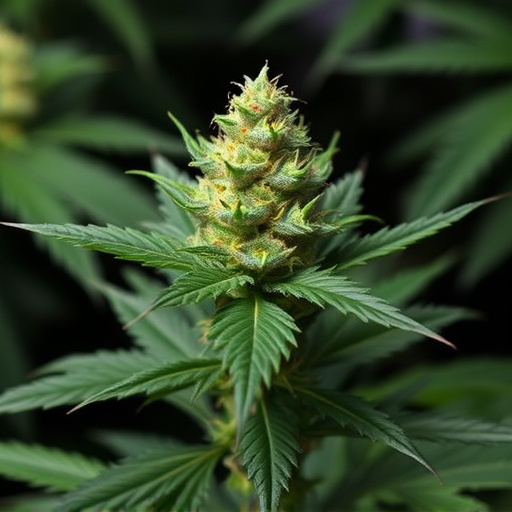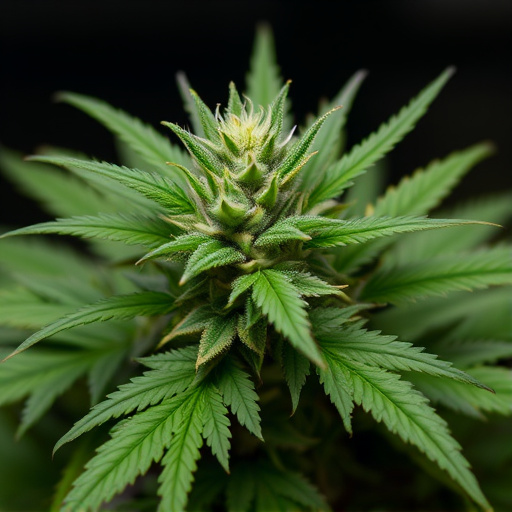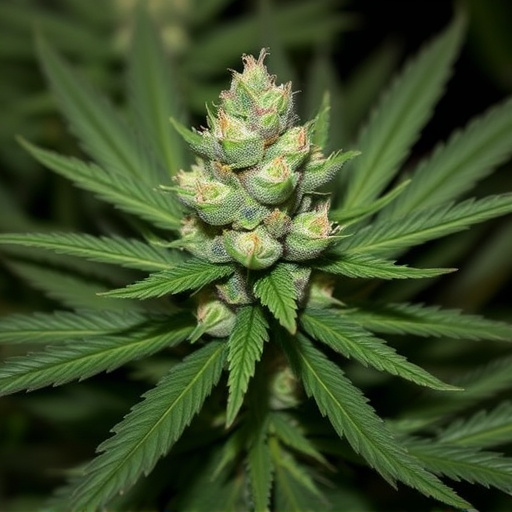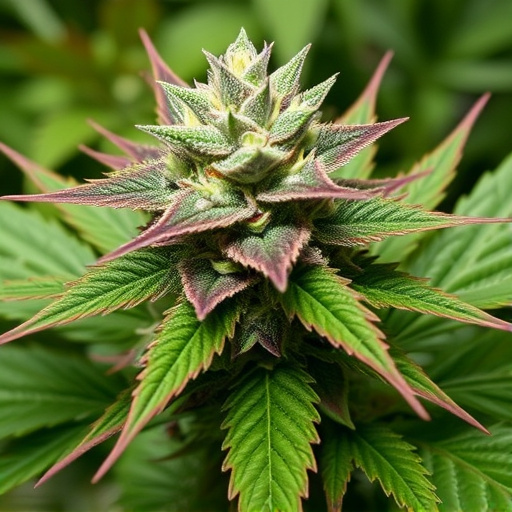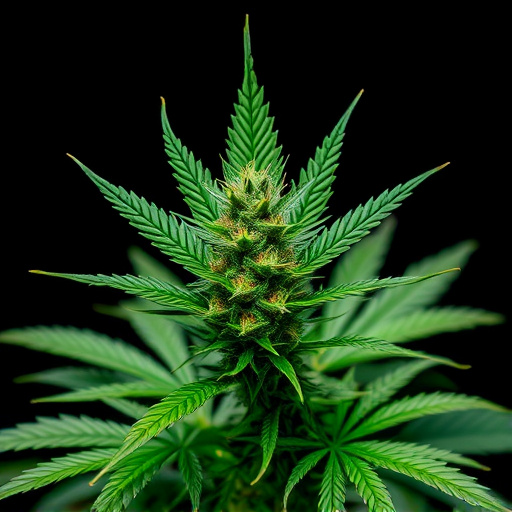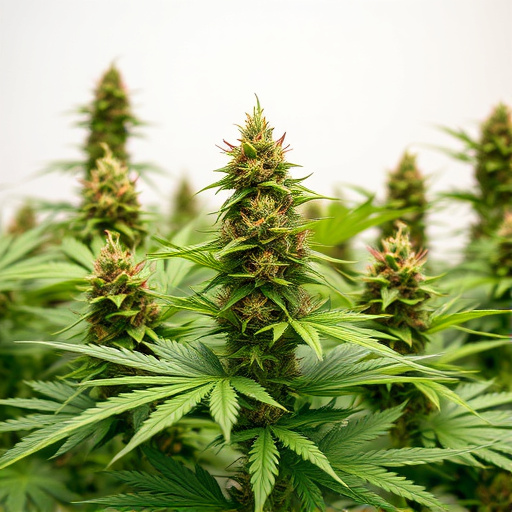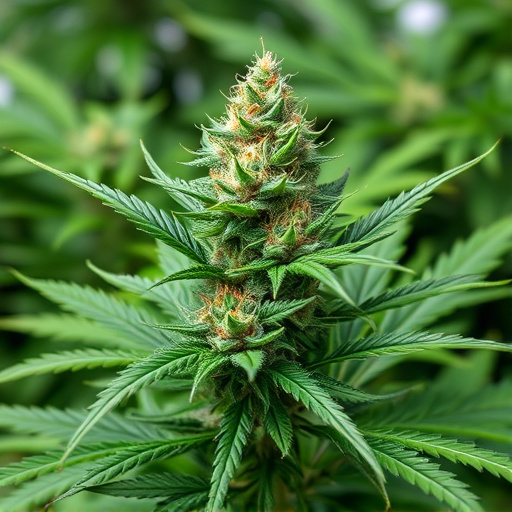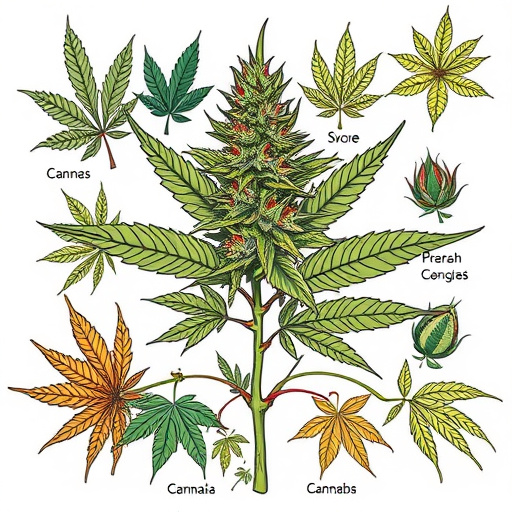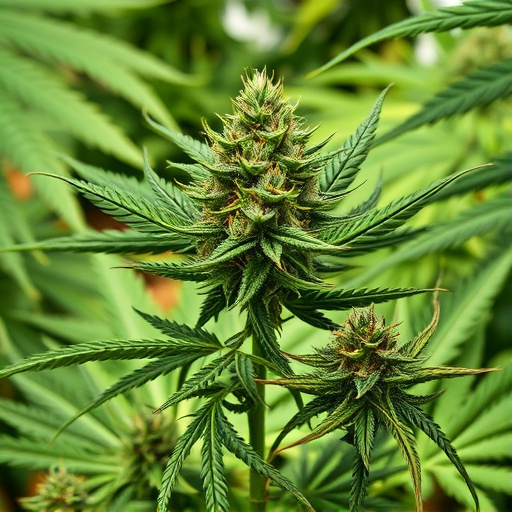TL;DR:
Landrace strains, the authentic cannabis varieties naturally evolved in specific regions, hold immense cultural and historical value due to their unique genetic traits. Growing for millennia, these strains offer diverse effects and aromas shaped by their homelands. Beyond cultural significance, landraces serve as the foundation for modern breeding programs, preserving rare genetic lines and creating new hybrids. Preserving original strains is vital to maintain genetic diversity, safeguard centuries of cultivation knowledge, and protect valuable medicinal properties & resilience to environmental stressors.
Discover the allure of landrace strains, the purest form of cannabis with deep historical roots. This article delves into the significance and unique characteristics of these ancient varieties, once roaming free in their native regions. From Afghanistan’s potent Afghan strain to Mexico’s invigorating Mexican Sativa, we explore five top landraces known for their profound effects. Learn about their history, cultivation tips, and how to harness their therapeutic potential, preserving these original strains for future generations.
- Uncovering the History and Significance of Landrace Strains
- – Exploring the origins of landrace cannabis varieties
- – The importance of preserving original strains
Uncovering the History and Significance of Landrace Strains
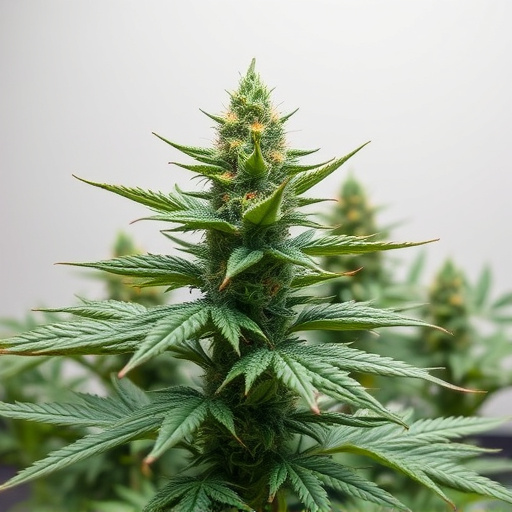
Landrace strains, also known as original strains of cannabis, are a fascinating aspect of the plant’s history and culture. These varieties have deep roots in specific geographic regions, where they’ve been cultivated and selected for over millennia. Each landrace strain carries the unique genetic traits and characteristics of its homeland, making them invaluable treasures for cannabis enthusiasts and researchers alike.
Uncovering the history of these strains provides a glimpse into the diverse and rich tapestry of cannabis cultivation worldwide. From the misty mountains of Afghanistan to the lush valleys of Mexico and the tropical forests of Southeast Asia, each region has contributed its own distinct strain with specific effects and aromas. The significance of landrace strains extends beyond their cultural importance; they also serve as the foundation for modern breeding programs, allowing growers to enhance and preserve these unique genetic lines while creating new hybrids with desirable traits.
– Exploring the origins of landrace cannabis varieties
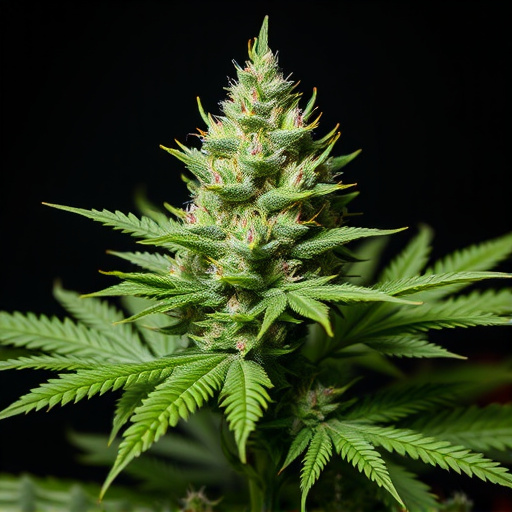
Cannabis enthusiasts and researchers alike have long been captivated by the concept of landrace strains, which represent the original, unaltered varieties of cannabis that have evolved naturally in specific geographic regions over centuries. These landraces are not hybridized or genetically modified; they are the authentic, wild cousins of the modern cultivated strains we know today. By exploring their origins, we embark on a journey to understand the diverse chemical profiles and unique effects these original strains of cannabis offer, setting the foundation for both cultural significance and scientific study.
Each landrace variety has its own distinct history, shaped by the specific environmental conditions and isolated growing regions where they developed. These factors contribute to variations in cannabinoid and terpene content, leading to a wide range of desired effects. For instance, the iconic Afghanistan landrace is renowned for its high levels of myrcene, known for its sedative properties, while Thai strains often boast potent doses of limonene, providing uplifting and energizing sensations. Uncovering these nuances allows cultivators and consumers alike to appreciate the art and science behind cannabis, embracing the pure effects that nature intended.
– The importance of preserving original strains
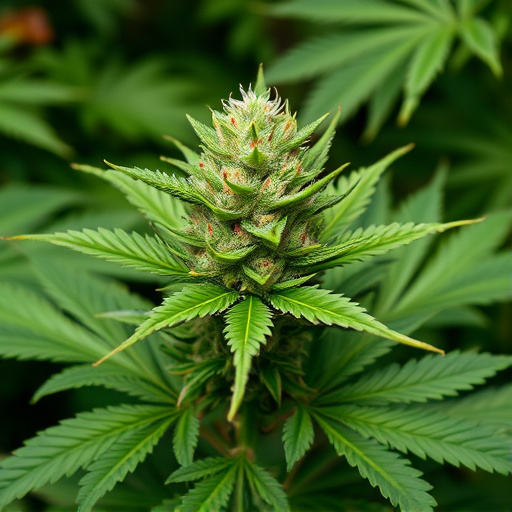
Preserving original strains of cannabis is a vital task for maintaining the plant’s inherent diversity and ensuring that future generations benefit from centuries of cultivation knowledge. Landrace strains, which have evolved naturally in specific geographical regions over time, possess unique genetic profiles and adaptive traits that make them highly valuable. These strains have been selected and saved by local communities for their medicinal properties, resistance to environmental stressors, and distinct flavors and aromas. By preserving these original strains, we safeguard the cannabis plant’s natural resilience and preserve its potential for future discoveries in medicine, agriculture, and beyond.
The importance of maintaining pure, unaltered landrace strains cannot be overstated. As commercial breeding practices become more prevalent, there is a risk of losing these rare, authentic varieties. Original strains offer a wealth of genetic diversity that can contribute to the development of new hybrid breeds with improved characteristics while preserving the unique properties and cultural significance of each landrace. This preservation ensures a robust and adaptable cannabis gene pool for future generations and fosters a deeper connection to the plant’s rich history and global heritage.
In conclusion, understanding the history and significance of landrace strains is crucial for appreciating the pure effects that these original strains of cannabis offer. By preserving these ancient varieties, we not only safeguard genetic diversity but also gain access to unique chemovars with distinct therapeutic properties. Embracing landrace cannabis ensures a connection to nature’s intricate balance, providing users with authentic experiences that resonate deeply.
